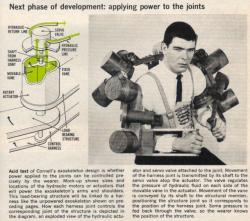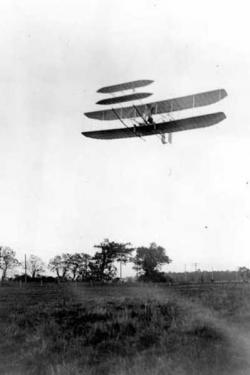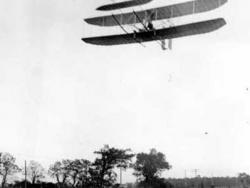Tracing its history to the earliest days of powered flight – to the Wright brothers and Glenn Curtiss – the site began as the research laboratory of the Curtiss-Wright Aircraft Company. After World War II, it was donated to Cornell University, and in January 1946 opened its doors as the Cornell Aeronautical Laboratory. Nearly every military aircraft and space vehicle developed in the United States from the end of World War II until the present day has been tested at the facility, now known as Calspan.
Wright


The 1905 Wright Flyer III, built by Wilbur (1867-1912) and Orville (1871-1948) Wright, was the world's first airplane capable of sustained, maneuverable flight. Similar in design to their celebrated first airplane, this machine featured a stronger structure, a larger engine turning new "bent-end" propellers, and greater control-surface area for improved safety and maneuverability.
Innovations

The 1905 Wright Flyer III, built by Wilbur (1867-1912) and Orville (1871-1948) Wright, was the world's first airplane capable of sustained, maneuverable flight. Similar in design to their celebrated first airplane, this machine featured a stronger structure, a larger engine turning new "bent-end…
Read More
Tracing its history to the earliest days of powered flight – to the Wright brothers and Glenn Curtiss – the site began as the research laboratory of the Curtiss-Wright Aircraft Company. After World War II, it was donated to Cornell University, and in January 1946 opened its doors as the Cornell…
Read More

